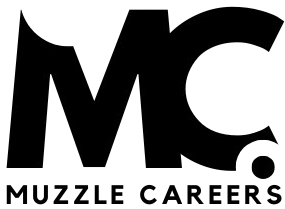In a world where AI is increasingly shaping our digital experiences, TikTok is stepping up its game. The company announced on Thursday that it will begin automatically labeling AI-generated content. This means that if a creator posts content on TikTok that was whipped up with a service like OpenAI’s DALL·E 3, it will automatically sport an “AI-generated” label.
This initiative is made possible by implementing Content Credentials, a technology from the Coalition for Content Provenance and Authenticity (C2PA). This coalition, co-founded by tech giants Microsoft and Adobe, allows specific metadata to be attached to content. TikTok can then use this metadata to instantly recognize and label AI-generated content.
While TikTok already labels content made with its own AI effects, it will now label content created on other platforms that have implemented Content Credentials.
The change is set to roll out globally in the coming weeks. While TikTok already labels content made with its own AI effects, it will now label content created on other platforms that have implemented Content Credentials. This includes creations from OpenAI’s DALL·E 3 and Microsoft’s Bing Image Creator. Google has also pledged to support Content Credentials, further expanding the initiative’s reach.
TikTok already requires creators to disclose when they post content created or enhanced with AI. However, the company sees this new change as an additional layer of assurance that AI-generated content is being labeled, thereby easing the burden on creators.
In the near future, TikTok will start attaching Content Credentials to AI-generated content created on the platform using TikTok AI effects. The metadata will include details on where and how the AI-generated content was made or edited and will remain attached to the content when downloaded. Other platforms that adopt Content Credentials will be able to automatically label the content as AI-generated.
Adam Presser, Head of Operations and Trust & Safety at TikTok, emphasized the importance of transparency for viewers. He stated, “AI-generated content is an incredible creative outlet, but transparency for viewers is critical.” He added that by partnering with peers to label content across platforms, they aim to make it easy for creators to responsibly explore AI-generated content, while continuing to deter harmful or misleading content.
TikTok is proud to be the first video-sharing platform to implement Content Credentials. It’s worth noting that Meta announced back in February that it plans to build on the C2PA’s solution for adding provenance to content.
As part of Thursday’s announcement, TikTok reaffirmed its commitment to combating the use of deceptive AI in elections and stated that its policies firmly prohibit harmfully misleading AI-generated content—whether it’s labeled or not.
Discover more from MUZZLECAREERS
Subscribe to get the latest posts sent to your email.








